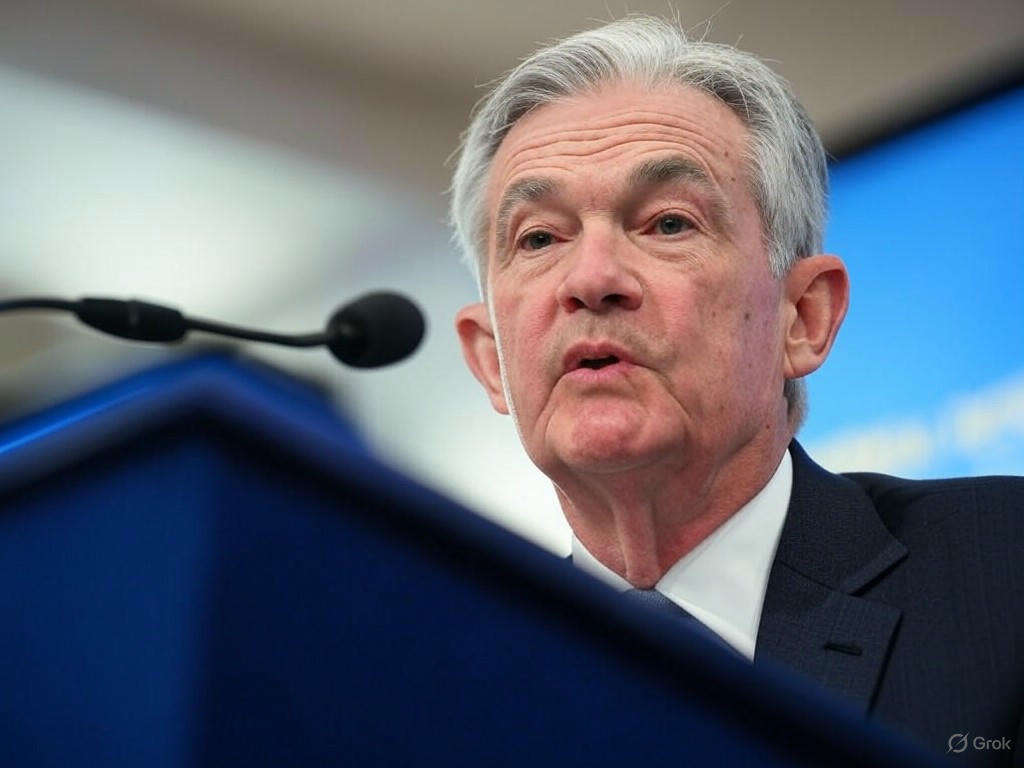Federal Reserve Faces Internal Divide Over Interest Rate Cuts Amid Tariff Concerns
The Federal Reserve, the cornerstone of U.S. monetary policy, finds itself at a crossroads as its officials grapple with differing perspectives on the timing of interest rate cuts. As the economic landscape shifts under the influence of political and trade policies, a notable schism has emerged within the central bank. The debate centers on how soon to ease borrowing costs, with some policymakers advocating for caution while others push for more immediate action to stimulate growth.
At the heart of this divide are the potential economic ripples caused by President Donald Trump’s tariff policies. These trade measures, aimed at protecting domestic industries, have sparked concerns about inflationary pressures among some Fed members. Higher tariffs could increase the cost of imported goods, driving up consumer prices and potentially necessitating a tighter monetary stance to curb inflation. However, other officials argue that the broader economic slowdown, compounded by global uncertainties, justifies lowering rates sooner rather than later to support businesses and households facing higher costs and reduced purchasing power. This tug-of-war of ideas reflects the complexity of balancing inflation control with economic growth in an unpredictable policy environment.
The implications of this internal disagreement are significant for markets and businesses alike. Investors, who closely monitor the Fed’s signals for clues on borrowing costs, are left in a state of uncertainty. A delay in rate cuts could keep financing expensive, potentially stifling investment and expansion plans for companies. Conversely, premature reductions might risk overheating the economy if inflation spikes unexpectedly due to tariff-driven price hikes. Small business owners, already navigating tight margins, are particularly vulnerable to these fluctuations, as higher interest rates could limit access to affordable credit needed for growth.
Beyond the immediate economic concerns, the Fed’s split raises questions about its ability to present a unified front during turbulent times. Historically, the central bank has sought to project consensus to maintain public and market confidence. However, the current divergence highlights the challenges of policymaking in an era of heightened political influence on economic matters. Analysts suggest that the Fed may need to rely on incoming data—such as inflation reports and trade balance figures—to guide its decisions, rather than preemptively aligning with one side of the debate.
As the Federal Reserve navigates this critical juncture, the stakes couldn’t be higher. The path it chooses will not only shape the trajectory of the U.S. economy but also set a precedent for how it responds to external pressures like trade policies in the future. For now, the world watches as the central bank wrestles with its internal differences, hoping for clarity on whether relief in the form of rate cuts will come sooner or be delayed in the name of caution. Whatever the outcome, the Fed’s decision will reverberate through Wall Street, Main Street, and beyond, underscoring its pivotal role in steering the nation’s financial future.


